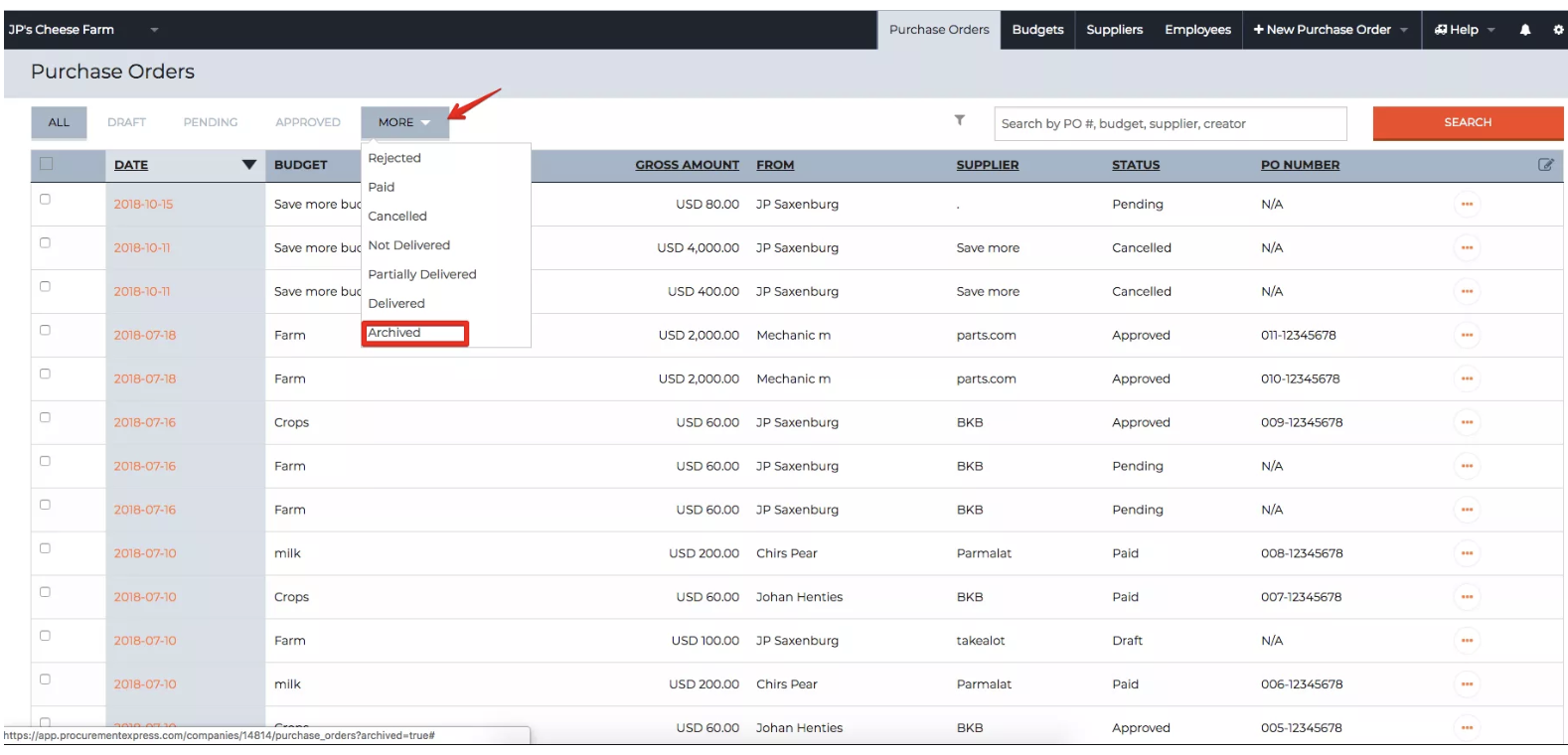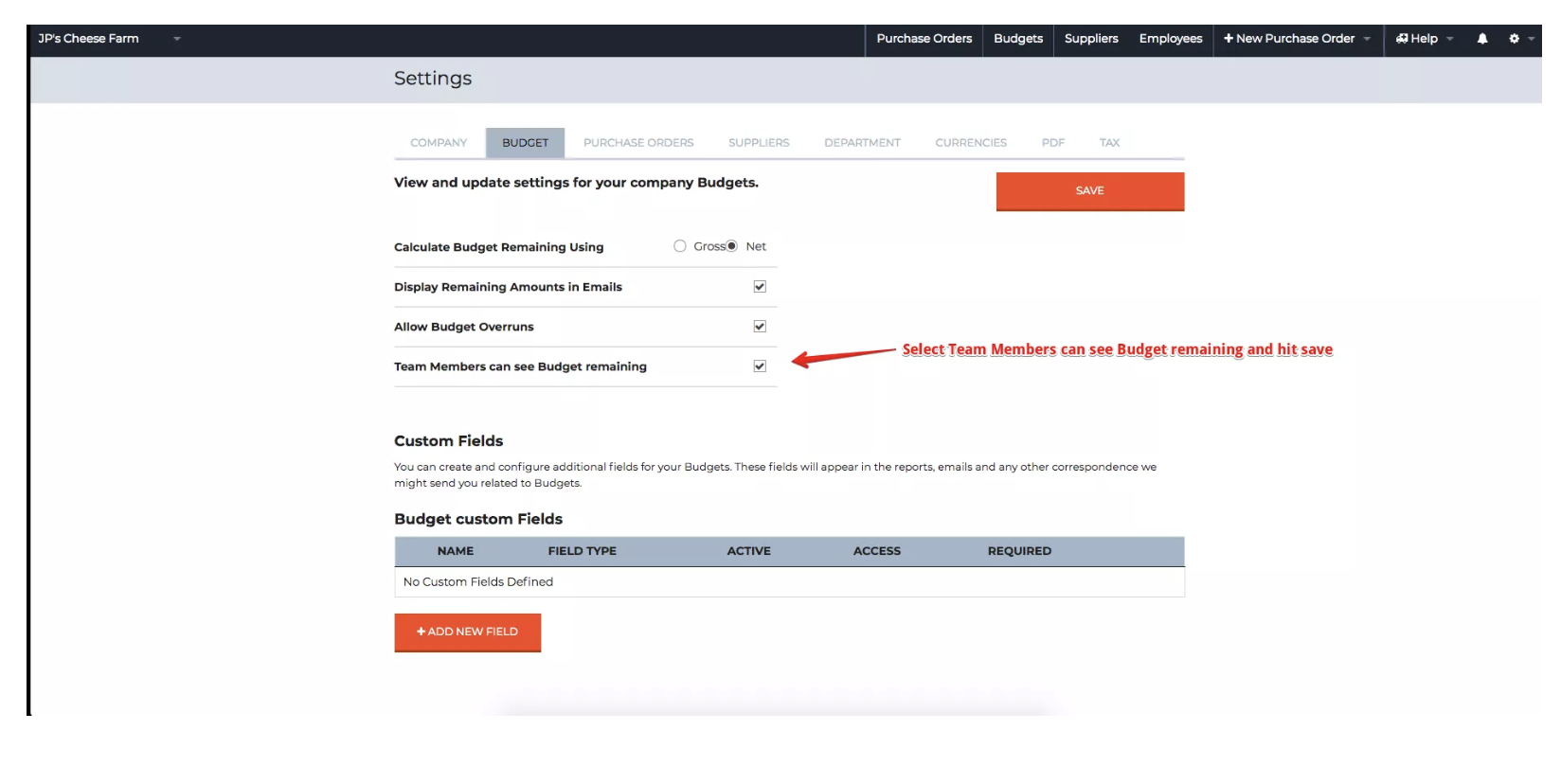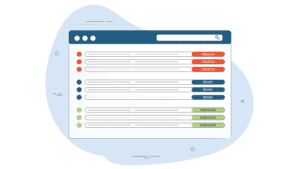
Companies that do a lot of purchasing need to have clear policies in place for every stage in the purchasing process.
Procure to pay or P2P is the process of obtaining the materials required to make a product and make payment for those goods.
However, P2P is a bit more involved than finding a vendor, placing an order, and paying for the products. This process reduces error, increases efficiency, and brings more visibility to the procurement department overall.
In other words, P2P is the basis on which all other procurement strategies are built upon.
In this article, we’ll look closely at which elements set the stage for a top-notch P2P program.
[content_upgrade cu_id=”4251″]7 Signs Your P2P Process Needs Help — Download your free copy here[content_upgrade_button]Click Here[/content_upgrade_button][/content_upgrade]
What Is Procure to Pay?
Procure to pay is a step-by-step approach to managing the buying process. So, as a buyer, this means approaching the full procurement cycle systematically from requisition to selecting suppliers to how you handle accounts payable.
Here’s a look at the steps involved in a typical P2P program:
(insert infographic)
Supply Management
The process begins with figuring out what supplies are needed. At this initial stage, the company lays out some objectives—including their budget for the goods in question.
Vendor Selection
The company puts together a list of vendors they think can provide the materials they need. From there, the company either puts out a call for bids or contacts potential suppliers to begin negotiating the best price.
Requisition
Once procurement has selected a vendor, the buyers create a requisition form which includes the purchaser location, product description, delivery instructions, and the original quote from the vendor. The requisition is an internal document that is submitted to the department that controls finances.
Purchase Order
If the requisition is approved, then the buyer will submit an official purchase order to the vendor. The PO includes instructions and adheres to the set of conditions laid out in the contract.
Receiving
When the company receives the goods from the supplier, they prepare a receipt. This serves as a record-keeping document that states whether or not the seller delivered what was asked for in the PO.
Invoice Reconciliation
Once goods have been verified, an invoice is created and once approved by appropriate parties, is paid.
Reporting
Finally, after the transaction is complete, procurement analyzes the process for any areas that can be improved in the next cycle. Reporting should be an ongoing process—this way, teams can get ahead of any overages or vendor issues before they turn into a larger problem.
Benefits of a P2P Process
As mentioned up top, procure to pay helps businesses run their purchasing activities more smoothly.
More specifically, procure to pay can be used to solve a range of pain points by giving companies the ability to manage suppliers from a proactive standpoint, rather than learning about issues after it’s too late.
1. Purchasing Compliance
Another benefit of a working P2P process is that it simplifies compliance both with the industry and with your vendors. When your system is in good shape, the procurement department can maintain clear communications with vendors, pay their bills on time and fulfill their commitments.
2. Better Budgeting
If you’re looking to manage spending, a tech-forward B2B process allows you to make sure you’re buying at negotiated prices and sticking to a budget. Within the ProcurementExpress.com system, you can set budgets according to projects, then link associated POs as they come in.
In many companies, there’s a significant lack of communication between departments or across locations. This means that purchasing might take place independent of other functions, despite clear benefits that come with alignment. That lack of real-time data can lead to duplicate orders, spending from unapproved vendors, and no understanding of how much money is available to complete an in-progress project.
3. Improves Collaboration
Internal and external communication are at the core of a well-planned P2P strategy. Look at how you handle purchase-related communications with suppliers and the people you work with. Are you using data to inform purchasing decisions and negotiations? Or struggling to develop a purchasing strategy that saves your organization money?
[bctt tweet=”Internal and external communication are at the core of a well-planned P2P strategy.” username=””]
Traditional P2P processes depend on budgeting, streamlining purchase order approval flows, and making sure accounting pays invoices per contract terms. In the past, companies would manage these tasks through manual spreadsheets, phone calls, and spread across email threads.
But those manual processes and lack of data makes it hard to approach procurement as a strategic function.
According to Deloitte, there are several barriers that stand in the way of effective collaboration. Among them are poor skill sets, low-quality data, and an effective platform for communications.
Ultimately, your solution should allow you (and all relevant stakeholders) to quickly access reports on past activity, budgets, and supplier information. That ability to make predictions lets you plan ahead, working with your team to keep supplier relationships strategic.
4. Offers More Control
Procure to pay sets teams up for success by providing a solid foundation for a systematic purchasing strategy. Done right, you can review supplier agreements and analyze their performance against your initial terms. Over time, you’ll have access to historical data, which you can use to negotiate price reductions, rebates, and freight and insurance costs.
Additionally, buyers can gain some control over quality by limiting the number of approved vendors and reviewing the quality of each order. This means buyers can address problems as they come in and take corrective actions with suppliers quickly.
Finally, procurement needs to be aware of any and all issues that could affect their supply. Whether there’s a natural disaster or a political event, there are several factors that can cause prices to rise or fall.
Using Technology to Implement P2P
Because the whole goal of the Procure to pay process is to reduce risks and inefficiencies, it’s almost a given that businesses must rely on the right technology stack to ensure success.
Solutions like automated orders and e-invoicing can streamline the process—helping teams save time by eliminating manual data entry and duplicate work. Below, we’ll look at a few areas where technology is transforming procure to pay.
1. Central Storage Hub for Data
Procure to pay processes should make sure that all records are stored within your system, digitally. The reason for this is, procurement doesn’t take place in a bubble and finance, accounting, and other departments might need to access purchasing documents like contracts or past orders.
Storing all documents—from invoices to contracts to approved supplier lists—makes it easy for everyone involved to stick to procurement best practices. That visibility also means there’s no more digging around for files or realizing you lost files you need in the case of an audit.
Bringing your process into the cloud means past orders are stored in an accessible, safe location. In ProcurementExpress.com, pulling up an old PO is as simple as navigating to the “more” tab, as you can see here:

2. Automation
Automating workflows is one of the key benefits of modern P2P. This will minimize the time spent on manual processes such as creating spreadsheets and reports.
In addition to saving you time on data entry, you can eliminate the need for manual approval routing. ProcurementExpress.com allows you to control who can place orders, approve transactions, and even which suppliers teams can order from.
Configuring the right workflow means you can speed up the order processing part of the P2P cycle, as well as track pending requests, and review orders against budgets.
3. Use Data to Inform Shifts in Strategy
Procurement can use data to inform shifts in strategy—offsetting rising costs, identifying opportunities to negotiate better terms, and reining in overspending before it snowballs into a real problem.
We’ll use our solution as an example here.

ProcurementExpress.com is updated in real-time. So, everyone with access to the system can instantly see how spending compares with the predetermined budget. We’ll also point out that admins can customize who has access to budget information or whether overruns are allowed.
Teams relying on manual reporting methods lose out on the ability to course correct as soon as an issue emerges. When you’re waiting around for bookkeepers to put together a report, the problem is behind you. Enough time passes, and procurement forgets contextual details.
And so, they miss out on the opportunity to make adjustments to a strategy or discuss a problem with a supplier.
Wrapping Up
Long story short, procurement-to-pay is all about laying out expectations, documenting purchasing guidelines, and tracking all associated documents.
In a lot of ways, much of the P2P process seems like common sense. But it’s important to understand that for some teams, getting back on track might seem overwhelming.
ProcurementExpress.com’s software makes much of what we outlined above a lot easier. Set approval trees for purchases over a certain amount, store all documentation, and track budgets in real-time.
We’ll even help with the set-up so you can rest assured it’s done right the first time.
Get in touch, and we’ll walk you through the process.
[content_upgrade cu_id=”4251″]Subscribe here for your free download: 7 Signs Your P2P Process Needs Help[content_upgrade_button]Click Here[/content_upgrade_button][/content_upgrade]



